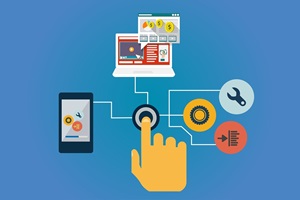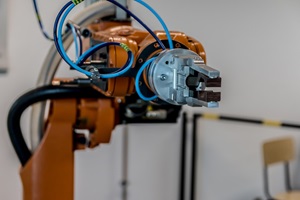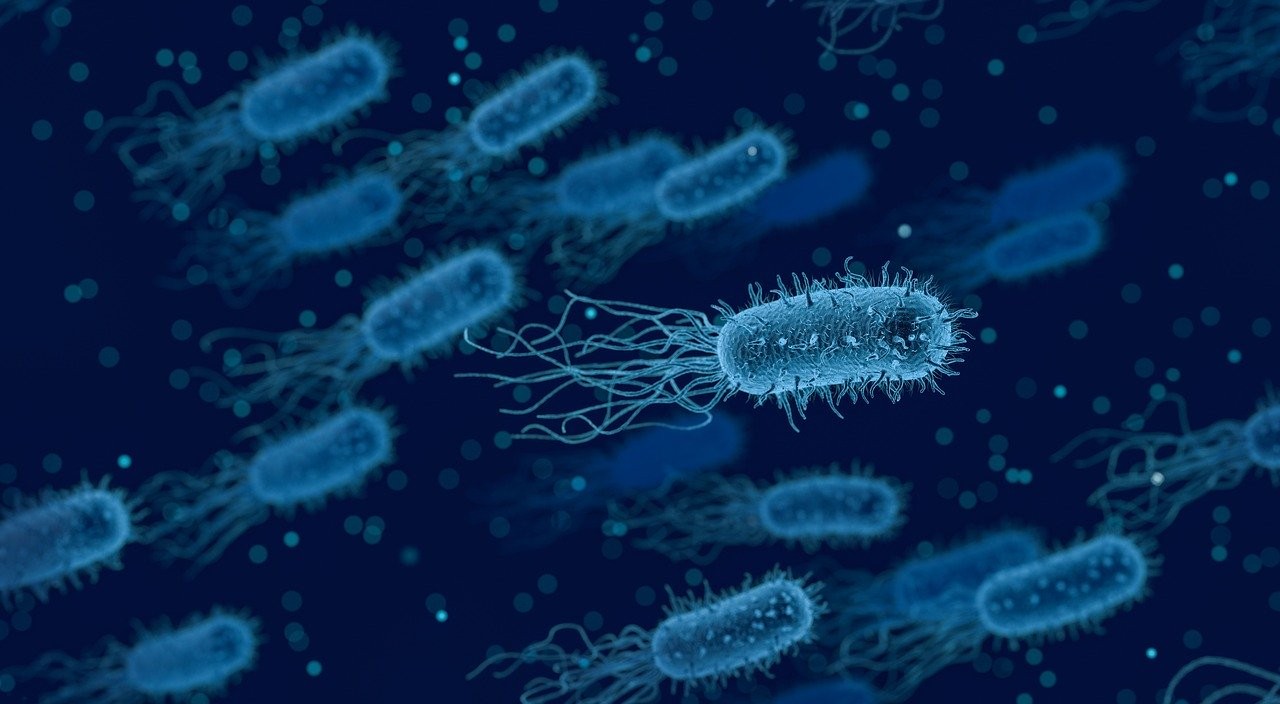
Similarly, the big technological companies are harnessing the power of stimulus-response to predict your behaviors and adaptations to the buying or interacting environment. Let’s look at an example. You buy a pair of gym shoes from Amazon. Suddenly, you’re receiving suggestions on more gym shoes and some sporting equipment. If you act on these offers, you receive more suggestions, each a little more accurate than the next.
Let’s apply this same concept to spray technology. With the right tools: laser, sensors, cameras, and AI-driven software, we can build biological adaptation into a spray system. For instance, we place a sensor on every nozzle we sell and provide the customer with an accompanying device that receives real-time flow and pressure measurements. The ideal flow and pressure measurements are programmed into the device and whenever these measurements deviate, a signal is sent to the customer.

In its simplest form, we have stimulus and response. A nozzle’s flow or pressure measurement is abnormal and so send a signal to the receiver device. Such a system is in development now and will soon be available. This alone is revolutionary. But, how can we now move to response? How can we make this process emulate biological structures?
A self-healing system is the first that comes to mind. Flow rate is too high, so a signal is sent to the receiving device, which in turn sends a signal to the spray system to regulate flow rate. The possibilities for such a device are endless. Where do you see systems emulating biological structures? How can we start? Contact us to discuss the topic more in depth or connect with me directly via LinkedIn.


